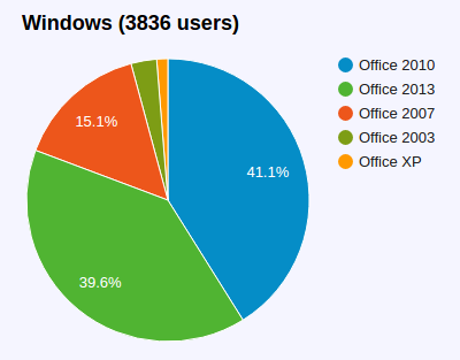XSL Transformations (XSLT) Version 3.0 (Proposed Recommendation 18 April 2017)
Michael Kay tweeted today:
XSLT 3.0 is a Proposed Recommendation: https://www.w3.org/TR/xslt-30/ It’s taken ten years but we’re nearly there!
Congratulations to Michael and the entire team!
What’s new?
A major focus for enhancements in XSLT 3.0 is the requirement to enable streaming of source documents. This is needed when source documents become too large to hold in main memory, and also for applications where it is important to start delivering results before the entire source document is available.
While implementations of XSLT that use streaming have always been theoretically possible, the nature of the language has made it very difficult to achieve this in practice. The approach adopted in this specification is twofold: it identifies a set of restrictions which, if followed by stylesheet authors, will enable implementations to adopt a streaming mode of operation without placing excessive demands on the optimization capabilities of the processor; and it provides new constructs to indicate that streaming is required, or to express transformations in a way that makes it easier for the processor to adopt a streaming execution plan.
Capabilities provided in this category include:
- A new
xsl:source-documentinstruction, which reads and processes a source document, optionally in streaming mode;- The ability to declare that a mode is a streaming mode, in which case all the template rules using that mode must be streamable;
- A new
xsl:iterateinstruction, which iterates over the items in a sequence, allowing parameters for the processing of one item to be set during the processing of the previous item;- A new
xsl:mergeinstruction, allowing multiple input streams to be merged into a single output stream;- A new
xsl:forkinstruction, allowing multiple computations to be performed in parallel during a single pass through an input document.- Accumulators, which allow a value to be computed progressively during streamed processing of a document, and accessed as a function of a node in the document, without compromise to the functional nature of the XSLT language.
A second focus for enhancements in XSLT 3.0 is the introduction of a new mechanism for stylesheet modularity, called the package. Unlike the stylesheet modules of XSLT 1.0 and 2.0 (which remain available), a package defines an interface that regulates which functions, variables, templates and other components are visible outside the package, and which can be overridden. There are two main goals for this facility: it is designed to deliver software engineering benefits by improving the reusability and maintainability of code, and it is intended to streamline stylesheet deployment by allowing packages to be compiled independently of each other, and compiled instances of packages to be shared between multiple applications.
Other significant features in XSLT 3.0 include:
- An
xsl:evaluateinstruction allowing evaluation of XPath expressions that are dynamically constructed as strings, or that are read from a source document;- Enhancements to the syntax of patterns, in particular enabling the matching of atomic values as well as nodes;
- An
xsl:tryinstruction to allow recovery from dynamic errors;- The element
xsl:global-context-item, used to declare the stylesheet’s expectations of the global context item (notably, its type).- A new instruction
xsl:assertto assist developers in producing correct and robust code.XSLT 3.0 also delivers enhancements made to the XPath language and to the standard function library, including the following:
- Variables can now be bound in XPath using the
letexpression.- Functions are now first class values, and can be passed as arguments to other (higher-order) functions, making XSLT a fully-fledged functional programming language.
- A number of new functions are available, for example trigonometric functions, and the functions
parse-xmlFO30 andserializeFO30 to convert between lexical and tree representations of XML.XSLT 3.0 also includes support for maps (a data structure consisting of key/value pairs, sometimes referred to in other programming languages as dictionaries, hashes, or associative arrays). This feature extends the data model, provides new syntax in XPath, and adds a number of new functions and operators. Initially developed as XSLT-specific extensions, maps have now been integrated into XPath 3.1 (see [XPath 3.1]). XSLT 3.0 does not require implementations to support XPath 3.1 in its entirety, but it does requires support for these specific features.
This will remain a proposed recommendation until 1 June 2017.
How close can you read? 😉
Enjoy!
























